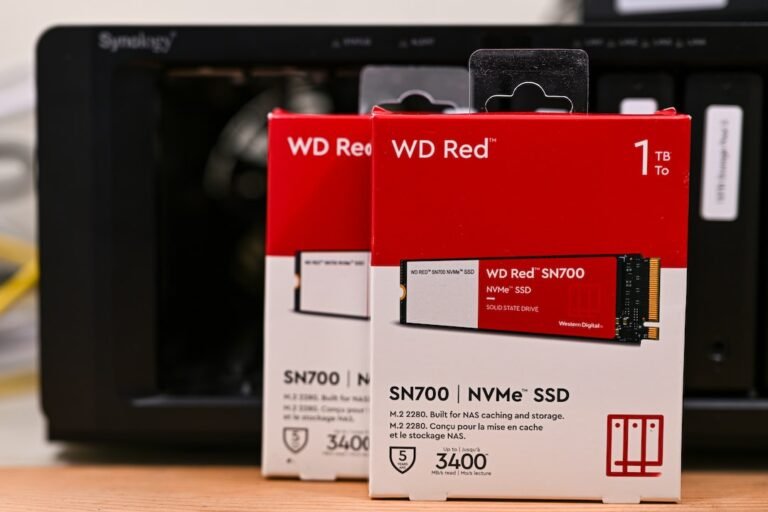Introduction
In today’s digital age, our lives have become increasingly connected. From smartphones to smart TVs, we rely on a robust wireless network to keep us connected to the world. But with connectivity comes the risk of security breaches and unauthorized access to our private data. That’s why conducting a wireless router security audit is essential to protect your website and safeguard your digital presence.
Why is Wireless Router Security Important?
Imagine this scenario: you’ve spent countless hours building your website, creating engaging content, and establishing a loyal audience. But all that hard work can be undone in an instant if your wireless router is vulnerable to cyber threats. Hackers are constantly on the lookout for security loopholes to exploit, and a compromised router can give them direct access to your website and the sensitive information it holds.
By conducting a wireless router security audit, you can identify and address any vulnerabilities that may exist in your network. It’s like fortifying the walls of your digital fortress, making it much harder for cybercriminals to breach your defenses.
What is a Wireless Router Security Audit?
A wireless router security audit is a systematic assessment of your network’s security measures. It involves evaluating your router’s configuration, settings, and firmware to ensure that they align with best security practices. The audit aims to identify any potential security risks or vulnerabilities in your network and take appropriate measures to mitigate them.
Key Steps in Conducting a Wireless Router Security Audit
Now that we understand the importance of securing your wireless router, let’s explore the key steps involved in conducting a comprehensive audit.
Step 1: Router Vulnerability Assessment
The first step in a wireless router security audit is to assess the vulnerability of your router. This involves scanning your network for any known vulnerabilities in your router’s firmware, ports, or protocols. There are several tools available online that can assist you in performing this assessment, such as vulnerability scanners and penetration testing tools. By identifying potential weaknesses, you can take steps to address them and minimize the risk of unauthorized access.
Step 2: Network Device Security Review
In addition to your router, it’s crucial to review the security settings of all devices connected to your network. This includes laptops, smartphones, IoT devices, and any other devices that rely on your wireless network for connectivity. Ensure that each device has up-to-date antivirus software, firewall protection, and strong passwords. Regularly scan your devices for malware or suspicious activity to detect and mitigate any security threats.
Step 3: Wireless Network Configuration Assessment
The configuration of your wireless network plays a vital role in its security. During the audit, thoroughly examine your wireless network’s configuration, including the SSID (network name), encryption method, and password strength. It’s essential to use the highest level of encryption available (such as WPA2 or WPA3) and choose a strong, unique password that is not easily guessable. Also, consider disabling SSID broadcasting to prevent unauthorized devices from discovering your network.
Step 4: Firmware Updates and Patches
Regular firmware updates are crucial for maintaining the security of your router. Manufacturers release updates to address known vulnerabilities and enhance the overall security of their devices. As part of the audit, check if your router’s firmware is up to date and install any available patches or updates. Failing to update your firmware leaves your network susceptible to known security risks.
Step 5: Enable VPN Router Security
A Virtual Private Network (VPN) adds an extra layer of security to your wireless network by encrypting your internet traffic and masking your IP address. When conducting a wireless router security audit, consider enabling VPN support on your router. This ensures that all devices connected to your network benefit from the added security and privacy provided by a VPN.
Step 6: Implement Strong Passwords and Authentication
Using weak or easily guessable passwords is one of the main reasons why networks get compromised. During the audit, ensure that you have strong passwords set for your router’s administration interface, Wi-Fi network, and any other network-connected devices. Choose passwords that are long, incorporate a mix of letters, numbers, and special characters, and avoid common or easily guessable phrases.
Conclusion
Securing your wireless router is essential for protecting your website and ensuring the privacy and integrity of your data. By conducting a wireless router security audit, you can identify and address any vulnerabilities or weaknesses in your network, minimizing the risk of unauthorized access. Implementing best security practices, regular firmware updates, and strong authentication measures will provide robust protection for your website and peace of mind for you and your users.
FAQ
| Question | Answer |
|---|---|
| How do I set up my home network for maximum security? | For tips on setting up a secure home network, refer to our guide on home network setup. |
| What should I do if I encounter issues with my router? | If you’re experiencing router-related issues, check out our troubleshooting guide on router troubleshooting. |
| How often should I conduct a wireless router security audit? | Conduct a wireless router security audit at least once a year, or whenever there are major updates or changes to your network. |
| Can I integrate my smart home devices with my router? | Yes, many routers support smart home integration. Refer to our guide on smart home integration for more information. |
| Are there open-source router firmware options available? | Yes, open-source router firmware options like DD-WRT and OpenWrt provide additional customization and security features. |
Further Reading
For more information on wireless router security and related topics, check out the following resources:
| Website | Description |
|---|---|
| SafeHome | A comprehensive website that offers in-depth articles and guides on home security, including wireless router security best practices. |
| PCMag | PCMag provides reviews and buying guides for wireless routers, helping you make an informed decision when choosing a secure router. |




